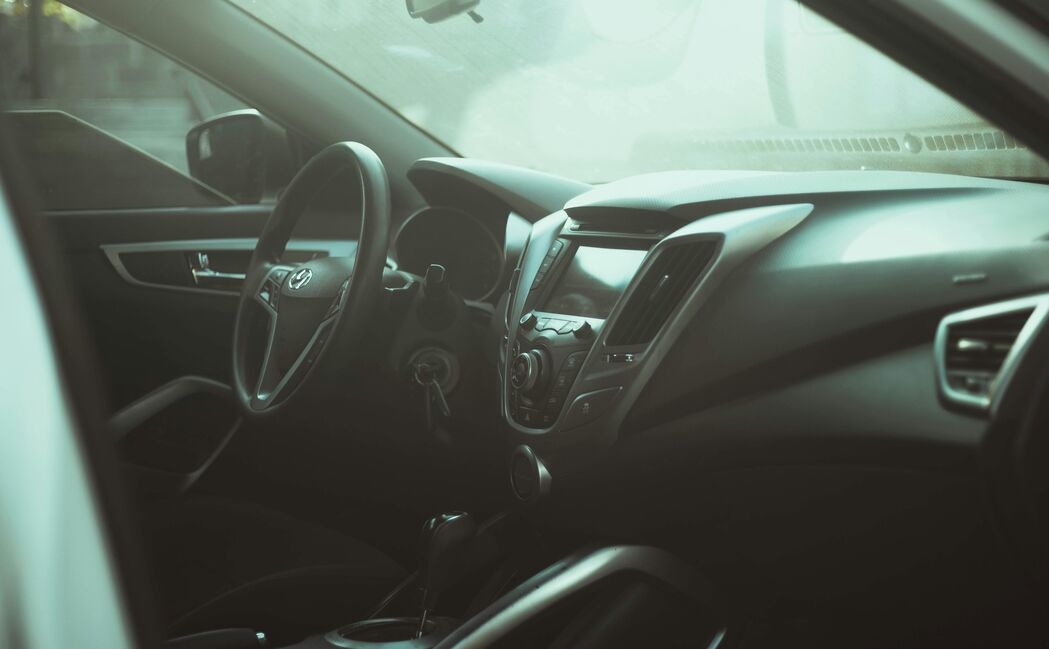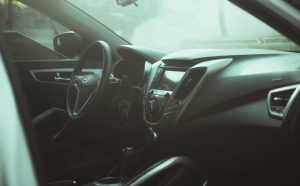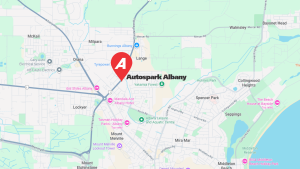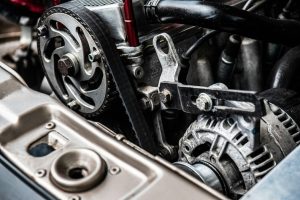If you’re planning to head off-road, travel long distances or explore remote areas, a UHF radio is an essential piece of gear. It lets you stay in touch with other drivers, call for help in low-signal zones and monitor road or weather conditions.
Before you hit the road, it’s important to ensure your UHF radio is installed correctly for clear communication and reliable performance.
Choose the Right UHF Radio
Before you install anything, choose a UHF radio that suits your needs. There are two main types. DIN-mount (fixed) units are built into your dashboard and ideal for frequent travellers.
Handheld UHF units on the other hand are great for occasional use or swapping between vehicles. If you often tour with others or explore off-grid, a fixed unit with external antennas provides the best range and reliability.
Pick a Safe Mounting Location
The first rule of installation is to keep it accessible but out of the way. Common spots include under the dashboard, in the centre console or mounted near the gear shifter. Make sure it doesn’t obstruct airbags or your view of the road. If space is limited consider a remote head unit where the controls are separated from the main body.
Install the Antenna
The antenna is crucial for good performance. It should be mounted high and clear of obstructions. The roof rack, bull bar or rear bracket are popular choices. For best results:
• Use a stainless steel or fibreglass antenna for durability.
• Keep the antenna upright and as central as possible.
• Avoid placing it too close to other metal surfaces to prevent signal interference.
Once mounted, route the coaxial cable neatly through grommets or along the vehicle’s interior trim to reach the radio unit.
Mount the Microphone and Speakers
Next, attach your microphone bracket in a position that’s easy to reach while driving. Keep the cable tidy using clips or wraps to stop it from tangling. Some UHF radios have external speakers. You can mount them facing the driver for clear audio, especially if you’re running a diesel or 4WD that gets noisy on the tracks.
For even better clarity consider positioning the speaker away from direct airflow vents or heavy vibration areas. Some drivers prefer adding a secondary speaker near the rear of the cabin for passengers to listen in. Take time to test the audio balance once installed, adjusting direction and volume for optimal communication quality in different driving conditions, including rough terrain or highway speeds.
Tune and Test Your UHF
Once installed, it’s time to test. Turn on the unit and check:
• Power connection is stable.
• Channels can be changed easily.
• Transmission and reception are clear.
Test it with a mate on another vehicle if possible and adjust the squelch and volume settings for optimal clarity. Remember, UHF channel 40 is reserved for highway communication so you’ll want to monitor that if you’re touring.
Stay Road Legal
Not every light or antenna setup is road-compliant. It’s important to make sure your UHF installation meets Australian Design Rules. Avoid mounting equipment that blocks your view or creates glare. Autospark’s team makes sure every install follows the regulations for both safety and compliance. So, if you’re unsure or become nervous that you haven’t done it right, bring your vehicle in and we’ll do a professional electrical diagnosis and install. You’ll be on the road with confidence in no time.
Why Install With Autospark?
While installing a UHF radio yourself can be rewarding, wiring errors or poor antenna placement can limit performance. Autospark’s qualified auto electricians install UHFs daily, making sure proper wiring, signal tuning and secure fittings are in place. Whether it’s a 4WD, ute or work vehicle we’ll make sure your UHF setup performs reliably wherever you travel.
So now you know how to install UHF radios in your vehicle, including choosing the right system and proper wiring and antenna placement. A quality installation will give you dependable communication, better range and peace of mind on every trip.
If you want it done professionally, book an installation with Autospark. We’ll get you connected and road-ready with a setup built to last.
If you need expert advice, battery testing or installation help, Autospark can guide you through the options and set up a system that keeps your next camping trip running smoothly.





